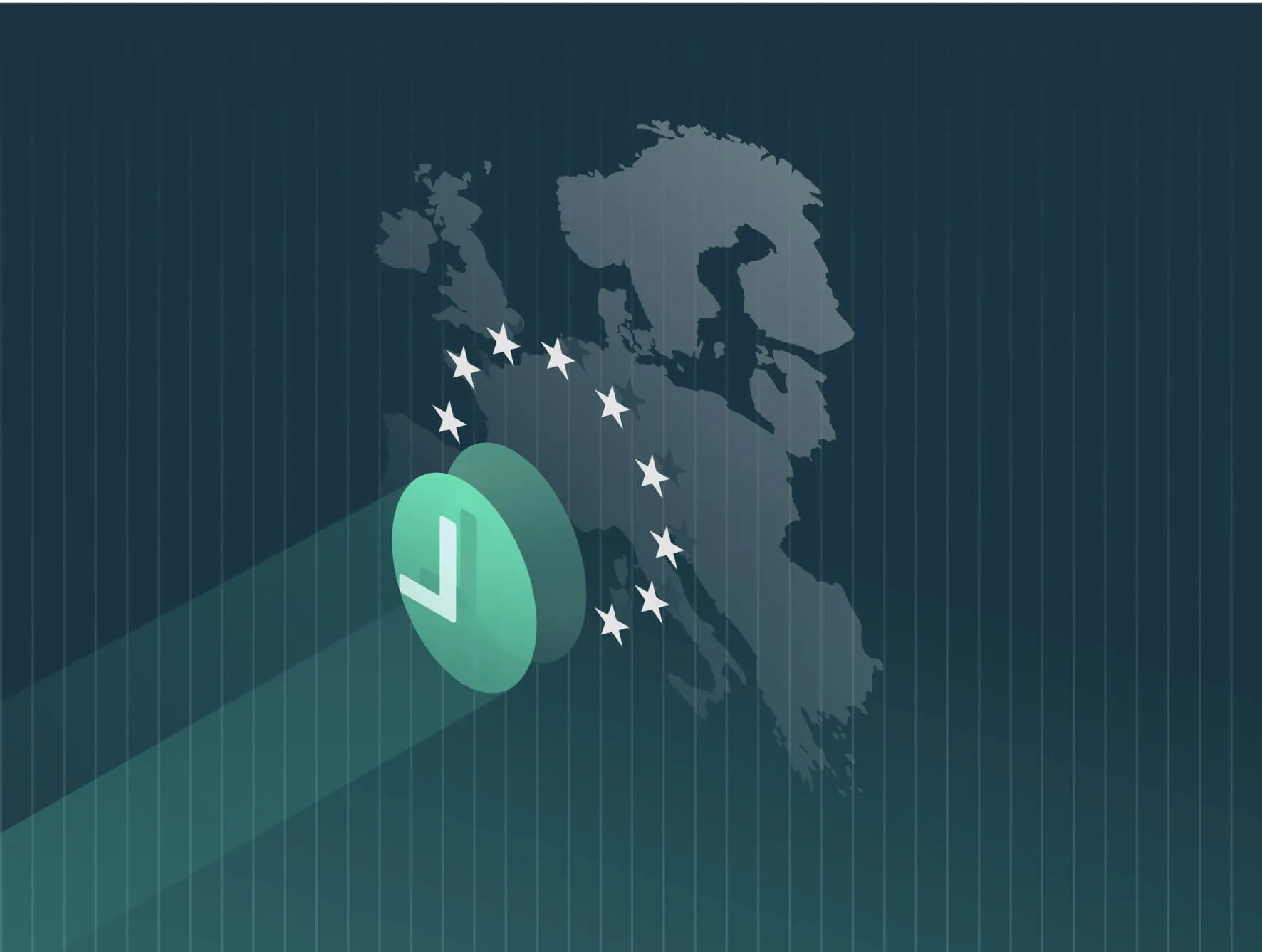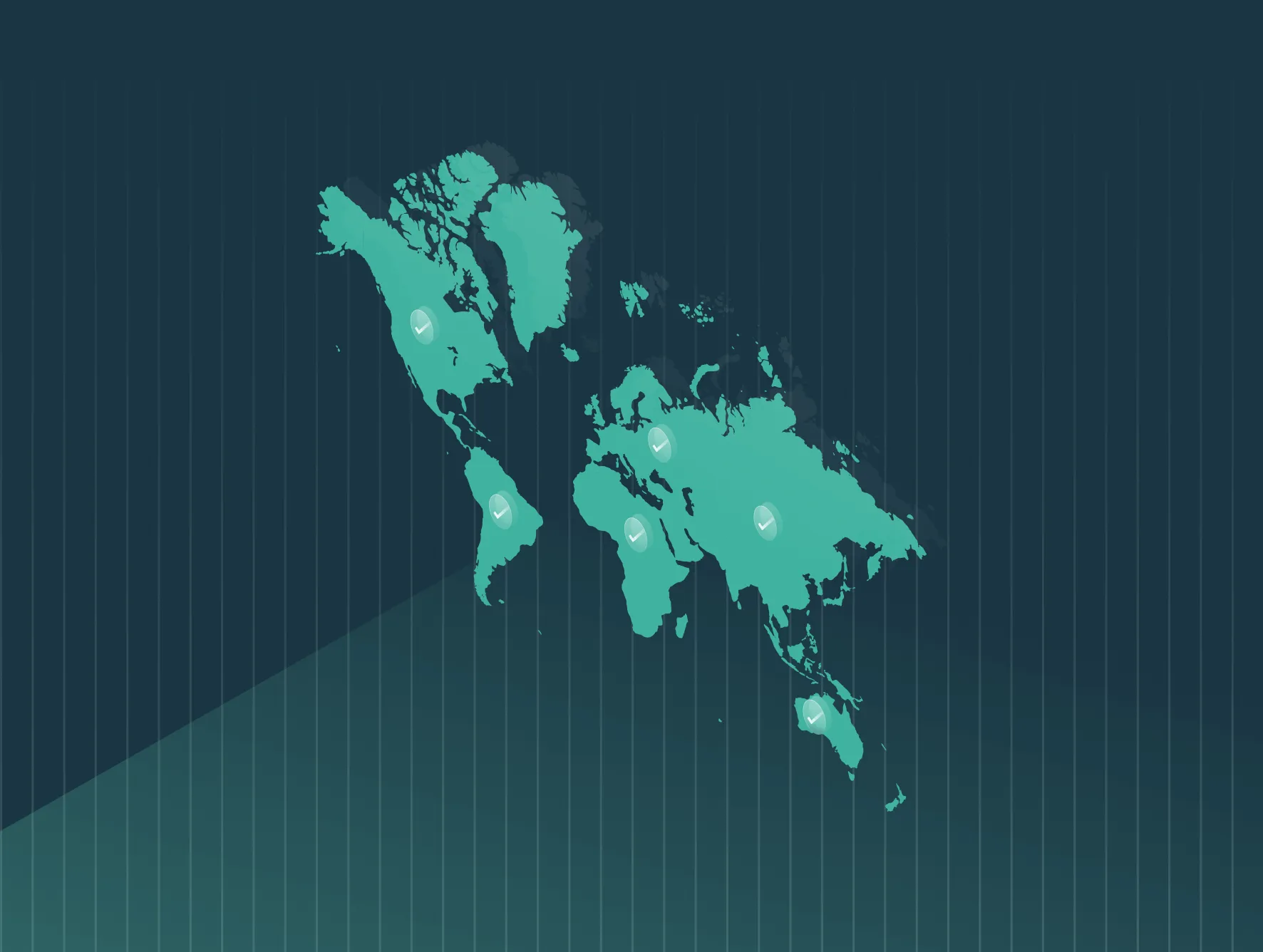While pay equity remains a key HR trend in 2023, another is emerging as we approach 2024; that of opportunity equity.
Opportunity equity is the practice of providing all workers with equal access to opportunities for employment, development, and career advancement. That’s irrespective of gender, race/ethnicity, age, and other personal attributes. It aims to dismantle barriers to career advancement and create a level playing field for all employees.
But the data shows that equal pay and promotion opportunities remain a distant goal for most. At the current rate of progress, it will take another half century to achieve equal pay – and that’s an optimistic view.
Barriers to career advancement and workplace fairness
A variety of reasons contribute to the lack of progress on equal pay and opportunity equity. For instance:
- Women are treated differently by employers, and face significant managerial bias. Further, US Government Accountability Office data concludes there is little opportunity equity for women in the working environment. Wage disparities grow even greater as women are promoted.
- Discrimination disregards performance. Plaintiffs in Nike’s pending equal pay lawsuit allege women were paid less despite “the same or better performance ratings, educational background, and work experience”.
- Other marginalized communities, including LGBTQIA+ people and black women also face significant barriers to pay equality. A Pew Research study into DEI at work supports those findings. Many employees believe being a man and being white makes it easy to be successful at work. Unsurprisingly, being female, Black, or Hispanic has the opposite effect.
Adopting a policy of opportunity transparency can begin to permanently remove those barriers.
Opportunity transparency in employment legislation
Pioneers in this emerging field include the EU, Colorado, and Illinois:
EU Pay Transparency Directive: Employers must disclose the criteria used to determine pay ranges and career progression. That information must be easily accessible, and criteria must be objective and gender neutral. Approved earlier this year, the Directive must be transposed into law by all member states by June 7, 2026.
Illinois: Bill HB3129 comes into effect on January 1, 2025. In addition to pay transparency requirements, opportunity transparency is a key feature of the bill. Employers must ensure “all current employees” are aware of all promotional opportunities no later than 14 calendar days after making an external job posting. If the job is not posted externally, internal posting is not required. Employers with fewer than 15 employers are exempt. HB3129 applies only to jobs physically performed at least in part in Illinois, or outside of Illinois where employees report to a supervisor, office, or other work site in Illinois. Exactly which employees are covered remains unclear.
Colorado: The first jurisdiction to introduce pay transparency laws, Colorado recently expanded its Equal Pay Act. Effective January 1, 2024, employers must make “reasonable efforts” to “announce, post, or otherwise make known” the identity of the candidate selected for each job opportunity within 30 calendar days of their start date. The following information must be provided to all employees with whom the candidate will work:
- Successful candidate’s name and job title.
- Previous job title for internal candidates.
- Information on how employees may show interest in similar job opportunities in the future.
Colorado employers are no longer required to post career progression promotion. That requirement is replaced with the obligation to post career progression criteria.
Benefits of opportunity transparency
Adopting a culture of opportunity equity helps to build a more inclusive workforce, with equal opportunities for all employees.
As a Deloitte survey notes:
- 80% of employees say inclusion is important when choosing to work for an employer.
- 39% say they would leave their current organization for a more inclusive one.
- 23% have already left due to a lack of inclusion in the workplace.
Cultivating an inclusive culture can result in increased productivity, creativity and innovation but must start at the top.
But just how feasible is opportunity equity?
Diversity in leadership at South Flank Mine
Creating a culture that epitomizes opportunity equity has proven possible in the most unlikely of places; a remote Australian mine.
BHP’s South Flank iron ore mine boasts some impressive numbers. 40% of its frontline employees and four out of its six senior managers are women. One of the keys to its remarkable achievements in a male-dominated sector is setting gender equity targets. Recreating entry-level roles enables South Flank to offer true opportunity transparency.
Achieving opportunity equity is not a one-time fix, however. It takes a top-down commitment and a clear, ongoing goal of diversity in leadership. The rewards are significant, as South Flank has shown.
Stay ahead of the opportunity transparency curve
Embracing, achieving, and sustaining opportunity equity helps employers foster a more inclusive culture and a happier workforce. To succeed, pay transparency and opportunity transparency must become an integral part of your company’s culture and mission. Here’s how:
Rebuild trust with a culture of pay equity: Gartner found that when employees don’t trust their employer, they don’t believe their pay is equitable. Start with an intersectional pay equity audit with Trusaic PayParity to accurately identify pay disparities and their root causes.
Include salary in job listings: Including salary information in job postings helps to build trust, attract talent, and can contribute to pay equality. Indeed data published in September 2023 shows that pay transparency data is now included in half of the job postings. In fact, the rate of inclusion has tripled since February 2020. Find out how to set equitable, explainable, and competitive salary ranges that comply with pay transparency legislation.
Create clear and detailed career advancement policies: Sharing promotion policies within your organization builds trust with your employees. It also helps to remove any mistrust or ambiguity around career advancement and promotion opportunities. If HR teams have clear criteria to follow, the potential for unconscious bias is reduced.
Make it easy to apply: We expect opportunity transparency to follow the trajectory of pay transparency, as employers recognize its benefits. Innovative organizations support opportunity equity initiatives by providing clear steps on job opportunities and application criteria to all employees.
Commit to the long-term: Like pay equity, opportunity equity isn’t a one-time fix. BHP has set up an Inclusive and Diversity Council to achieve its gender balance goals and ensure continued diversity in leadership. Commit to long-term policies and monitor your success.
Start your journey to opportunity transparency. Carry out a pay equity audit today.








